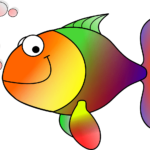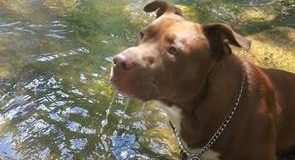A Guide to Fancy Goldfish Care
Share
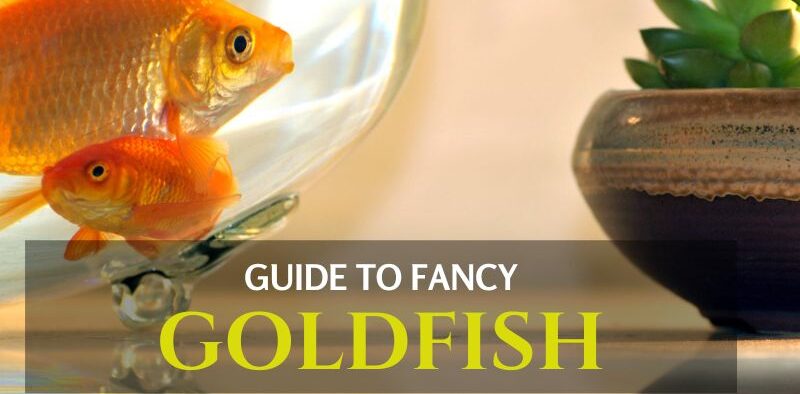
Fancy goldfish have different needs and require different kinds of care than common goldfish. These goldfish are members of the carp family, and have been bred for over a thousand years! We like to call them fancy goldfish because they are beautiful. They also require a little more care.
Along with common types of goldfish (like the comets and shubunkins), there are many different varieties of fancy goldfish. Some sport unique characteristics such as double tail-fins, egg-shaped bodies or telescoping eyes.
Fancy goldfish come in a wide variety:
- fantails
- lion-heads
- black moors
- red capped orandas
- ranchus
- bubble eyes
- celestials
- pearlscales
- and many more.

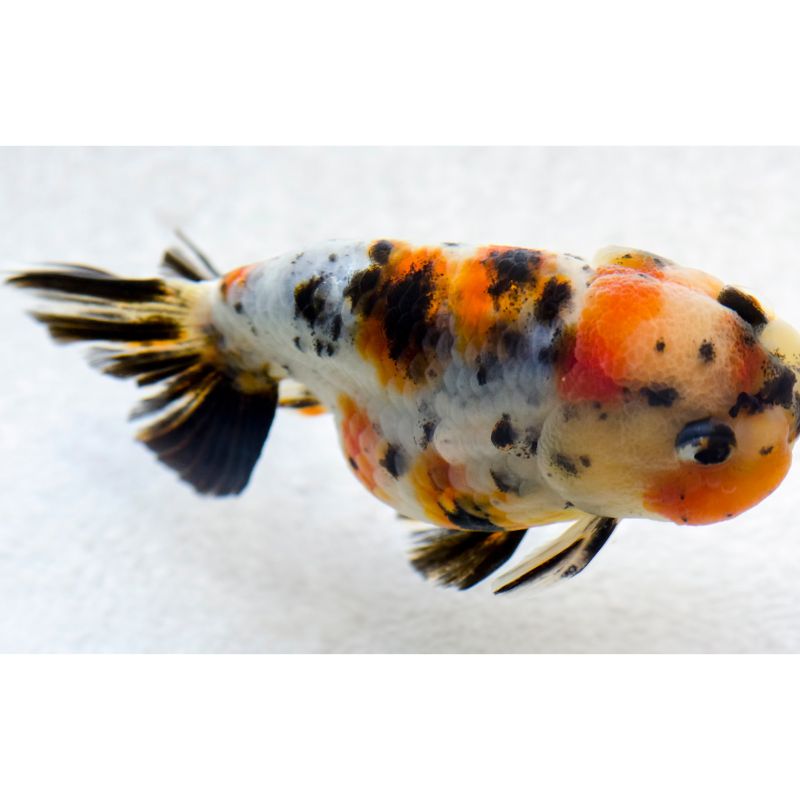
Tank Size
The first mistake that most people make with goldfish is thinking that they can be kept in a bowl. Goldfish are members of the carp family, and these fish release a lot of ammonia and waste into the water. Wild carp usually live in flowing rivers, which carry away the waste that the fish produce, but in a bowl, the waste will accumulate in the water until it can hurt the health of the fish and cause ammonia burns. For this reason, fancy goldfish should always be kept in a properly cycled tank, where established bacteria strains will break down ammonia as it begins to accumulate.
This is NOT the right bowl for a goldfish:
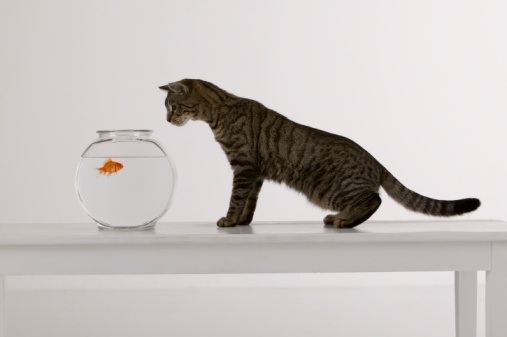
An adult fancy goldfish can reach a length of 12 inches (1 foot) if properly cared for! A fish this size would need at least a 40 gallon tank, and that’s just for one fish. People commonly buy a small tank for a few small goldfish, then keep getting progressively larger tanks as their goldfish keep growing.
Rather than waste money on multiple tanks, consider either building a koi pond in your yard or investing in a large tank. This is important with several varieties such as lionheads. The lionheads can get big, very fast and they don’t thrive in a pond. So, anticipate a very large aquarium for these gentle giants. With proper care, your goldfish can live for twenty years or more!
Filtration
As mentioned before, goldfish are very messy and will produce a lot of waste. For this reason, it is important to use a filter that is appropriate to your tank size. You can choose between cartridge filters or biowheel filters, but the most important thing is to have one. Some people even put two filters on their goldfish tanks to compensate for the large volume of waste that goldfish produce, and to serve as a backup in case one burns out.
Be sure to purchase a filter that is appropriate for your tank’s size. This is important with fancy goldfish as some are poor swimmers and might get caught up in a fast current. So, be sure to keep an eye on your goldfish. If you need to reduce the current, you can place wood or rock decor and plants in front of the filter intake valve to cut the flow.
Aquarium Heaters
Goldfish are coldwater fish, meaning that they do not need a heater. However, unlike their heartier koi cousins, fancy goldfish cannot survive at temperatures lower than 50 degrees Fahrenheit. This means they cannot be left in an outdoor pond year-round.
If you want to put goldfish in a pond, you may want to opt for comets and shubunkins, which can survive colder temperatures.
Fish Food
There are several brands of commercial goldfish food out there. The best thing to do is to purchase a few different types of food and alternate between them to give your goldfish some variety in its diet. Different types of food may be available in different forms such as floating pellets, sinking pellets, wafers, crisps, and flakes. Your goldfish may have individual preferences, but if it has swim bladder problems, the best option would be to choose a sinking pellet. This prevents your fish from gulping in extra air at the surface of the water when it eats, which can cause problems with buoyancy.
Goldfish are omnivores, meaning that they eat both plants and other animals, such as insects. Many of the commercial foods out there are high in protein, but do not contain the fiber, vitamins and nutrients found in fruits and vegetables. A diet high in protein can cause digestive issues and aggravate swim bladder problems. To ensure that your goldfish maintains proper health, you should provide your goldfish with soft, cooked food such as shelled peas, carrots, orange, flash-boiled spinach, flash-boiled lettuce, and squash. Peas are especially good because they can clear digestive blockages and help alleviate swim bladder issues. Some pet stores sell clips that attach to the side of the tank and hold spinach or lettuce, allowing goldfish to graze.
There are some commercial fish foods that are advertised as being vegetarian, but if you check the ingredient list, many of these do not even contain vegetable matter. Often, high protein fish meal is first on the list, and if any algae or vegetable matter is present, it’s listed as one of the last ingredients. Look for fish foods that contain Spirulina, algae, or a mix of vegetables. These should be among the first few items in the ingredient list. Do not buy a “vegetarian” fish food before checking the ingredients.
Aquarium Decor
Goldfish need Aquatic Decor because they like to hide behind plants and swim around them. However, goldfish are also notorious for eating and digging up live plants, so you may want to stick with silk and plastic plants, with silk being the better option of the two.
Do not buy any decorations with sharp edges, especially if you are keeping telescope or bubble eye goldfish. The more pointed angles can hurt their eyes and pierce their eye sacs.
Be sure that you also don’t buy any decor with small holes that they can get stuck in. Goldfish are nosy, and if they can fit themselves into something they probably shouldn’t, you can bet they probably will. If you want a safe cave for your goldfish, a clean jar or mug turned on its side will do just fine. Although, we do love these little hideaway rocks and ceramic mushroom houses!
Don’t overfill your tank with decorations; after all, your goldfish need some room to swim around in there!
Bubblers
A bubbler (especially a Groot Bubbler) is a fun addition to any tank. It will help to oxygenate the water, and the goldfish will enjoy playing and swimming around in the bubbles. Pet stores sell various types of bubble disks, bubble wands, air stones and more; some even come with LED lights. You’ll need to buy an air pump and some tubing to hook up the bubbler. If you don’t like the look of a tube in the back of your fish tank, some stores sell air tubes that are disguised as plants.
Be sure to buy a one-way check valve for your tubing; if the power goes out, the tube may end up acting as a siphon and start draining your tank, causing a watery mess. Another way to prevent from happening is to place the air pump on a shelf above the fish tank.
Illness and Swim Bladder Problems
Fancy goldfish have been bred to have compact, rounded bodies. Unfortunately, their egg-shaped bodies can affect their internal organ development and make them prone to a host of different problems. This includes swim bladder disease.
The swim bladder is an organ that allows the fish to control its buoyancy- it helps the fish swim up or down in the water column and keep its body right side up. Fancy goldfish with rounded bodies may have malformed swim bladders, impacting their ability to swim.
Some signs that your goldfish has a swim bladder problem include swimming sideways, sinking and struggling to reach the surface, or floating and struggling to swim to the bottom. Headstands are also a troubling sign.
Unfortunately, there is no real cure for most swim bladder problems. Sometimes fish will start to swim oddly if they are constipated; in this case, fast your goldfish for a day or two and then feed it shelled peas, about one pea per inch of fish. Fasting your goldfish one day a week and feeding it shelled peas as part of its diet will also help a fish with chronic swim bladder problems. If your fish floats, you can try putting an empty mug or jar in the tank that the fish can go into so it can stay near the bottom of the tank with the other goldfish.
Sometimes a healthy fish can develop swim bladder problems over time, and sometimes a swim-bladder problem can develop into dropsy, which has no cure. The best way to prevent swim bladder problems from developing or becoming worse is to give your goldfish has a large enough tank, keep the water clean and provide it with a healthy diet.
